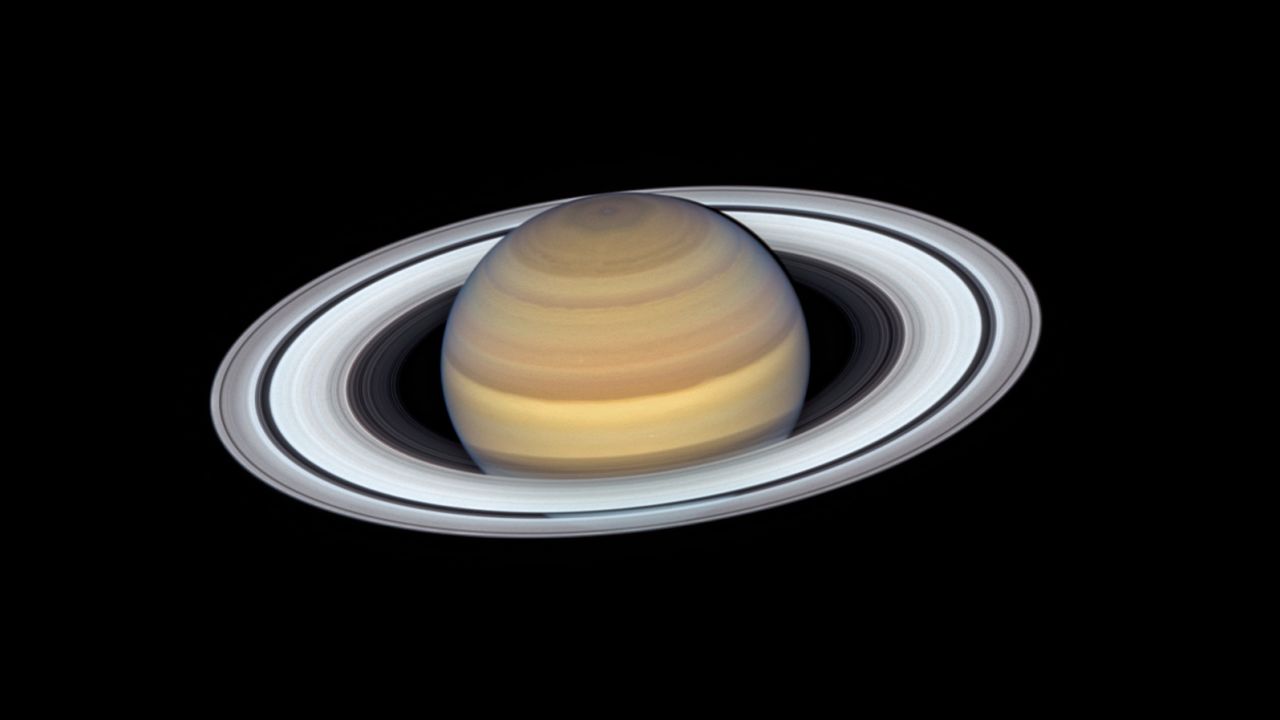In the picture you can see what looks like an anthill on the sandy surface, but it is actually a recently formed hole. Rover opportunity To extract a rock sample from Martian soil. There is a catalog that carefully explains the type of rock and the time it was collected. Via the NASA page diligent work, Our eyes can practically sink into a hole carved into the surface of Mars, like an extension of the rover that came three years ago to explore the Martian surface.
Over the years, scientists have specialized in their role Geologists Virtual Field Surveys leverage years of knowledge to select the best ways to survey the Martian landscape using “eyes.” Robotic And also translating the scientific problem into accessible data for the space enthusiast.
A number of publicly accessible photos on NASA's website clearly illustrate its history, including the end of a large sand dune recorded in late February and captured along its path. Persevere in Beheive Geyser Along with its left navigation camera, the rover's mast top acts as a surveillance eye to aid its navigation.
read more: NASA has reported new signals that support the theory that there are signs of life on Mars
The rover is currently operating in the central region Jezero Crater, a surface with a diameter of more than 40 kilometers is located in the northern hemisphere of the Red Planet and treasures geological remains with traces of the geological evolution of Mars, but the entire Solar System. In the past few months, Rover Pot It is collecting rock samples in a ring of rocks inside the rim of Jezero Crater, which is believed to have been filled with water billions of years ago.
Of the 43 tubes that Perseverance has taken to Mars, 38 are for collecting samples and five are “witness tubes” designed to document the purity of its sampling system throughout the mission, which is 60% complete so far.
Preliminary analysis suggests that the lake bedrock is composed of rounded grains of carbonate, a mineral that precipitates in water. “This is a promising sign that the rocks were once coastal,” said Purdue University planetary scientist Briony Horgan, who leads the rover's science campaign. “We imagine waves crashing on the shore of an ancient paleolake.”
Once back on Earth, these samples are taken to a laboratory for further analysis. They will perform fluid inclusion analysis, clustered isotope thermometry and classical stable isotope analysis to determine the temperature, pH and salinity of the water where these carbonates formed.
These types of analyzes are often performed on terrestrial samples from Earth to explore the ancient past for which humans have no tools or historical records. Certain carbonate properties can be used not only to determine the type of water in this ancient lake, but also as an indicator of the climate of ancient Mars.
Source: Self created
Robotic missions to the surface of Mars show that not only was the planet once a wet world, but it was also home to a variety of aquatic environments: fresh water, hot springs, acidic and salt lakes. The new face of Mars is outlined by a new era of interplanetary robotic exploration that began 20 years ago with the arrival of NASA's twin rovers Spirit and Opportunity, which landed on opposite sides of Mars.
By then, the first rover had already reached Mars. Sojourner reached Mars in 1997, but its mission was less ambitious. It was about the size of a microwave oven and studied Ares Vallis, a region near the Mars landing site. Scientists were interested in the area as it was the site of an ancient flood. The rover sent back 550 photos that are already starting to show some clues about Mars being a hotter and wetter place than previously thought; However, the arrival was up spirit and chance, Two decades ago, robotics was able to climb several technological steps that set the standard in exploration.
About the size of a golf cart, its mission was clear: collect evidence that water once flowed on the Red Planet's surface. Their discoveries will rewrite science textbooks like the famous “blueberries”. was the original intention Rovers They lasted only 90 days, but even their creators did not imagine that their creations would last for many years. Even with a damaged wheel, the Spirit worked on time and found signs of ancient hot springs that were prime habitat for microbial life billions of years ago.
Scientists already suspected that Mars was completely different from the frozen desert it is today, because orbital images showed what looked like networks of channels already carved by water. But before Spirit and opportunity, there is no evidence that liquid water created those features. They provided evidence of their travels that lasted 14 years of exploration until a sandstorm permanently damaged them. “Our twin rovers are the first to demonstrate that an early, wet Mars once existed,” said former project scientist Matt Kolombek of NASA's Jet Propulsion. The lab in Southern California led the Mars Exploration Rover mission with the first long-distance rovers: Opportunity, the first rover to cover marathon distances over a wide variety of terrain. In total he accumulated 45 kilometers.
“They paved the way with larger rovers like Curiosity and Perseverance to learn more about the Red Planet's past. Spirit and opportunity In their “DNA,” the engineers who created them developed procedures for exploring the surface, including specialized software and 3D glasses, to better navigate the Martian environment.
A list of those rocks Persistence So far, scientists have discovered a favorite fragment, such as the famous “mushroom”, one to two centimeters high and less than a centimeter wide, found in the so-called area. Hagwalo Residences.
Unlike others, this rock has become a treasure trove for scientists because it is made up of very fine grains. In his blog, Scientist Hemani Kalusa The fungus actually represents a geological feature called concretion, which forms very solid masses as water flows through the sediments dissolving minerals.
Robots on Mars rely on data, processing power and machine learning techniques to do their jobs, and what they need is filled remotely by real-life scientists.
And so it is Robotic technology on Mars Brings to the table one of today's most debated topics: the impact of AI. It's proof that robotic technology is essential for providing learning tools to inanimate objects, but the basic decisions and assumptions can only be made by the men and women who work with them on dry land.
read more: The super food our ancestors ate and NASA wants to grow on Mars





